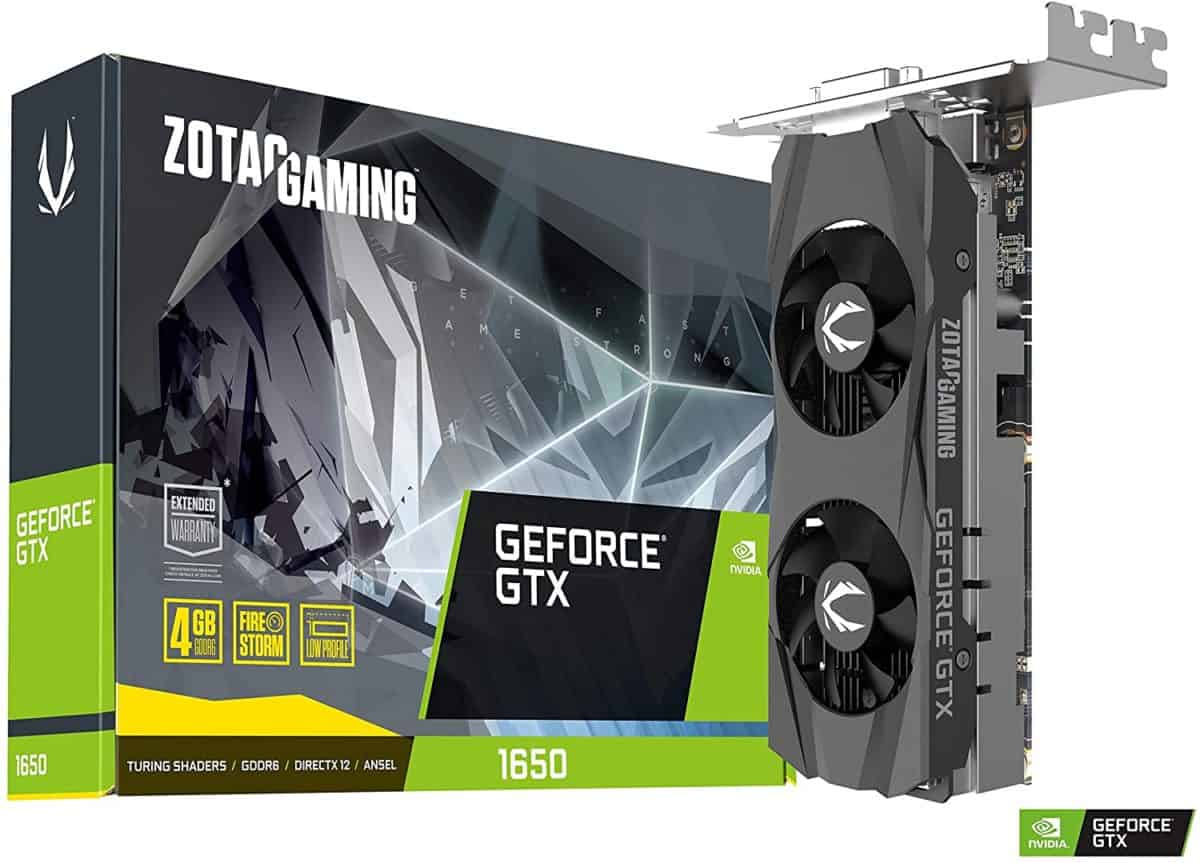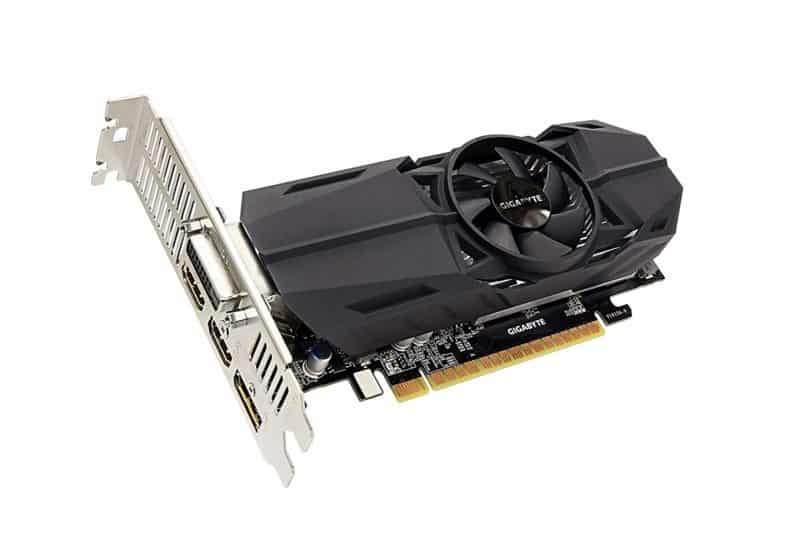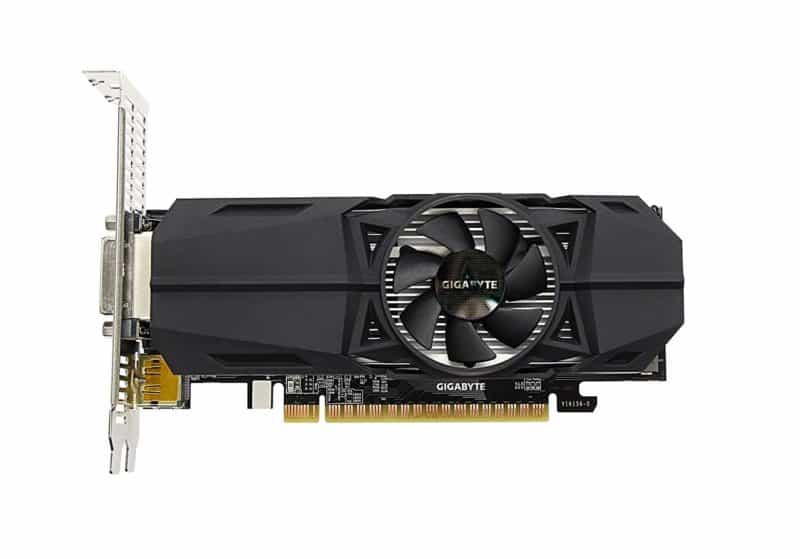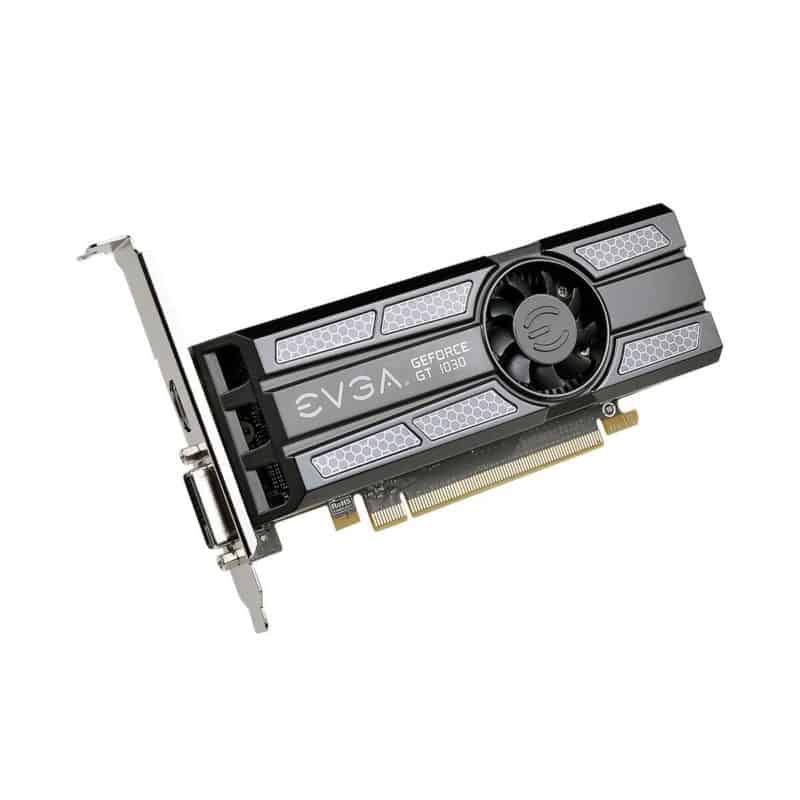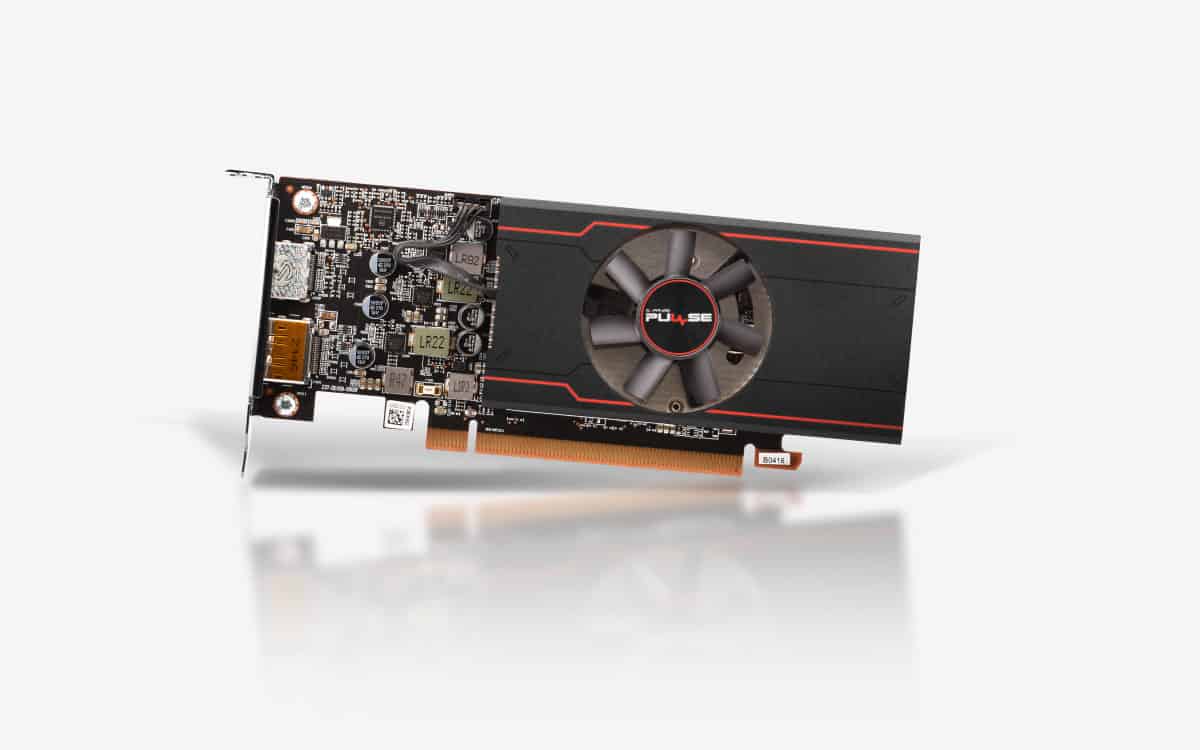The Best Low Profile Graphics Cards (GPUs) in 2022
Our best recommendations for gamers looking to build in a small form factor PC case
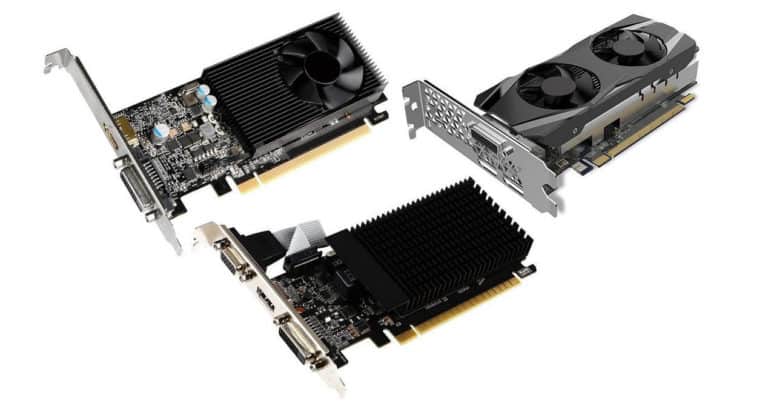
There are many reasons why you might want to consider the best low-profile graphics card for your present or future build. But the main reason, ultimately, is their ability to fit into literally any case. This makes the low-profile graphics card not only versatile but space-saving as well.
Even though we don’t necessarily class the low-profile graphics card as a premium hardware offering, it’s still seen its fair share of technological advancements. It’s not just top-tier GPUs that get all the attention – consumers now have the option to purchase a half-size GPU with all the punching power required to play AAA games titles with a decent FPS output.
So we go through a list of the best low-profile cards currently available to the consumer public. Both AMD and Nvidia feature in this best of guide, bringing their flagship low-profile offerings to the table.
Which will ultimately take the top spot? Keep reading to find out everything you need to know about LP GPUs.
Our Top Picks

Best Low Profile Graphics Cards
In-depth Review

ZOTAC GeForce GTX 1650 LP 4GB
ZOTAC GeForce GTX 1650 LP 4GB
ZOTAC’s GeForce GTX 1650 LP GPU has been rated as the best and fastest low profile GPU in this guide, and for good reason. It comes to the table boasting the ability to perform lower intensive AAA game titles in 1080p at 60FPS. Pretty decent when you consider the overall size of this card.
It has a 1590 MHz boosted clock speed out-of-the-box which makes it, by far, the fastest in this guide and perfect for any gamer looking to build a small form factor PC. The 1650 is part of GeForce’s 16 series from Nvidia and is based on the Turing GPU architecture we’re used to seeing in more premium GPUs.
With 896 CUDA cores and 4GB of GDDR5 VRAM, this graphics card is no joke. It’s around 25% faster than its next closest rival, the 1050 Ti.
ZOTAC has equipped this card with its dual-fan thermal design which is said to cover more of the heatsink leading to a much more efficient cooling solution.
Ultimately, if you’re looking for the absolute best low-profile GPU money can buy, look no further. The GTX 1650 will make the perfect light gaming small form factor PC for any beginner looking to get into the gaming scene.

Gigabyte Geforce GTX 1050 Ti OC Low Profile 4GB

Gigabyte Geforce GTX 1050 Ti OC Low Profile 4GB
Contrary to what many will likely believe, the Gigabyte 1050 Ti, which comes equipped with 4GB of GDDR5 VRAM, is a fantastic option for those out there looking to build a small form factor PC that is capable of handling games.
The 1050 Ti from Gigabyte supports up to four display outputs which include; dual-link DVI-D ports, one DisplayPort, and two HDMI ports, making it extremely versatile, to say the least. The 4GB of GDDR5 VRAM makes gaming extremely viable, and achieving playable FPS on some lesser intensive AAA titles is certainly not out of the question. Think Fortnite, CS:GO, and so on.
Even though it only has a single fan thermal design, it still provides excellent cooling during heavy graphical processes and is near silent. The card is fairly long – sitting at 167mm – but we’ll let it off as it offers the second-highest clock speed on this list.
This card comes OC’d right out-of-the-box, meaning you don’t have to stress over the BIOS menu to gain extra performance out of this thing. It’s already done for you! Using Gigabyte’s Xtreme engine utility, you can simply turn on OC mode boosting the clock speed from 1328Mhz to a tasty 1442Mhz.
The Gigabyte 1050 Ti Low profile graphics card gets our second spot in this best of guide and for good reason. Top performance, decent aesthetics, and robust cooling are all factors that make this LP GPU a great one.
Gigabyte Geforce GTX 1050 OC Low Profile 2GB
Gigabyte Geforce GTX 1050 OC Low Profile 2GB
Next, comes the 1050 Ti’s little brother, the 1050. This one, once again, has been manufactured by the excellent Gigabyte.
The great thing about Gigabyte is the quality with which their hardware components come to the table with. Whether it’s their latest flagship motherboard or a budget GPU offering, you know when purchasing Gigabyte, you’re effectively getting a product that is going to last. The 1050 is absolutely no different.
The 1050 has pretty much everything the 1050 Ti has to offer, but with half VRAM. The 1050 comes to shelves with 2GB of GDDR5 instead of 4GB – and even though that doesn’t sound like a great deal, it has a real impact on this card’s performance. This being said, the 1050 is still able to produce playable FPS in some games if the settings are tweaked just right.
The length of this card is identical to the Ti, measuring 167mm, and it comes with the exact same overclocking software for extracting extra performance at no additional cost. Whereas the Ti can be boosted to 1442Mhz, the 1050 OC can actually be boosted to 1506Mhz which is seriously impressive considering its price tag.
EVGA GeForce GT 1030 SC 2GB GDDR5
EVGA GeForce GT 1030 SC 2GB GDDR5
EVGA is another brand I’m sure everyone will be familiar with and gives us our fourth offering -the excellent GT 1030 2GB graphics card.
The first thing that struck me with this card was how aesthetically pleasing it was right out of the box. Having said that, unless you plan on buying a fairly elaborate case, you probably won’t get the chance to enjoy the aesthetics all that much.
The HSF thermal design sits at 68mm tall and 169mm long, meaning it’s quite wide, but nothing that’s going to cause your small build any problems. The fan does work very well in keeping this card cool, especially when in OC mode, which boosts the internal clock speed from 1290Mhz to an impressive 1544Mhz.
The 1030 isn’t the greatest card in the world as far as gaming is concerned, but it does have enough juice to be able to play some games efficiently and works great for most photo editing and design purposes.
Ultimately, the 1030 is a great little card if you’re looking for an all-around option. It’s affordable while still being able to achieve some solid performance results.

Sapphire PULSE RX 6400

Sapphire PULSE RX 6400
We come to the AMD offerings, and the first comes in the shape of Sapphire’s Pulse AMD Radeon RX 6400. Giving a new entry into the smaller market option.
The new addition is the lowest offering from the Radeon RDNA 2 RX 6000 selection. Meaning even though the current cards keep growing in power, there are some low TBP options. With a smooth sleek design that keeps the thickness of the card down.
If you’re wondering about the RX 6400 specifications we outline the key features. It comes with 768 processors. With 16 MB of infinity cache and 12 RT cores. With a 6 nm process size, it creates a 107 mm² sized die with 5.4 billion transistors. It also has a base clock of 1923 MHz, a game clock of 2039 MHz, and a boost clock of 2321 MHz. For VRAM it has 4GB of GDDR6 memory with a bandwidth of 128 GB/s.
The card isn’t the biggest performer, it may be suitable for 1080p gaming but not much more. However, there are ways to further improve how well it does. With features like FSR and RSR available in games and driver wide for higher framerates.
Final Word
There you have it, our complete guide to the best low-profile graphics cards money can buy.
Ultimately, low-profile graphics cards really only cater to one kind of user, and that’s someone looking to build a really small, inconspicuous desktop computer. They have been purpose-designed to try and maximize performance out of the smallest package. Thanks to new movements in technology, we are finally being rewarded with decent products that actually have a purpose.
All being said, the big question still remains, what card would you go for? Which would best fit your small build? Leave us a comment in the box below, letting us know!

